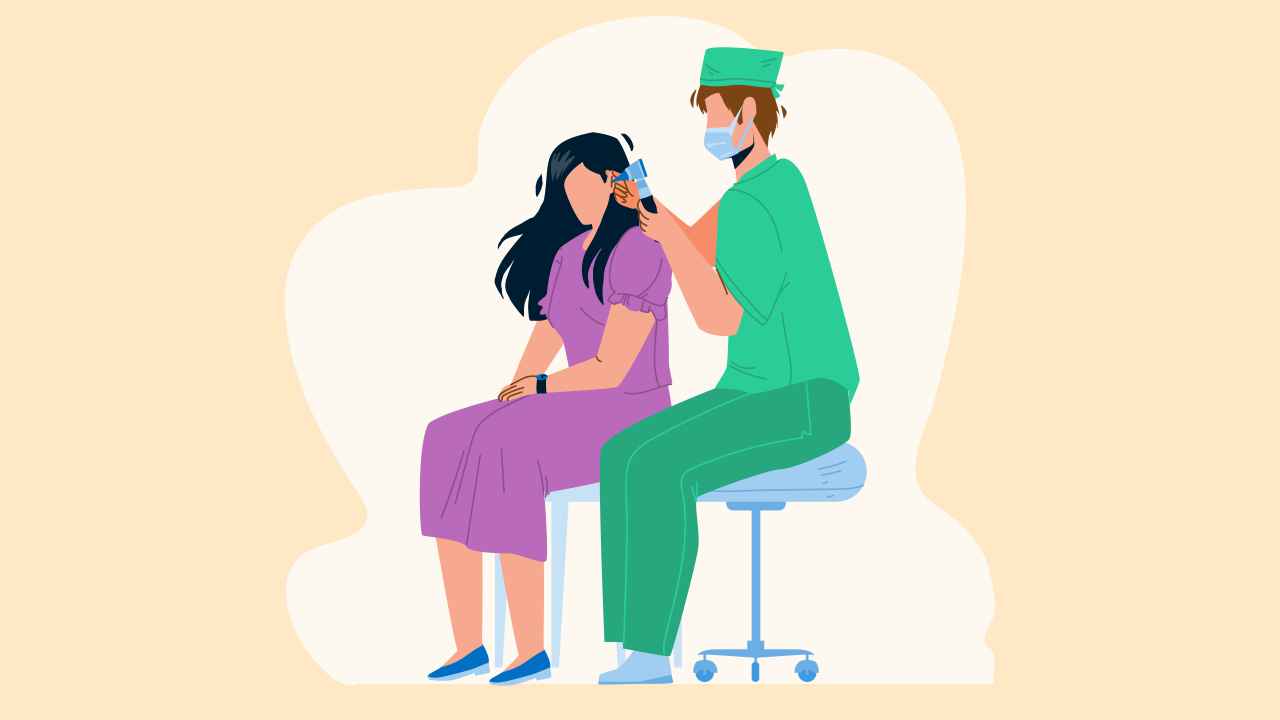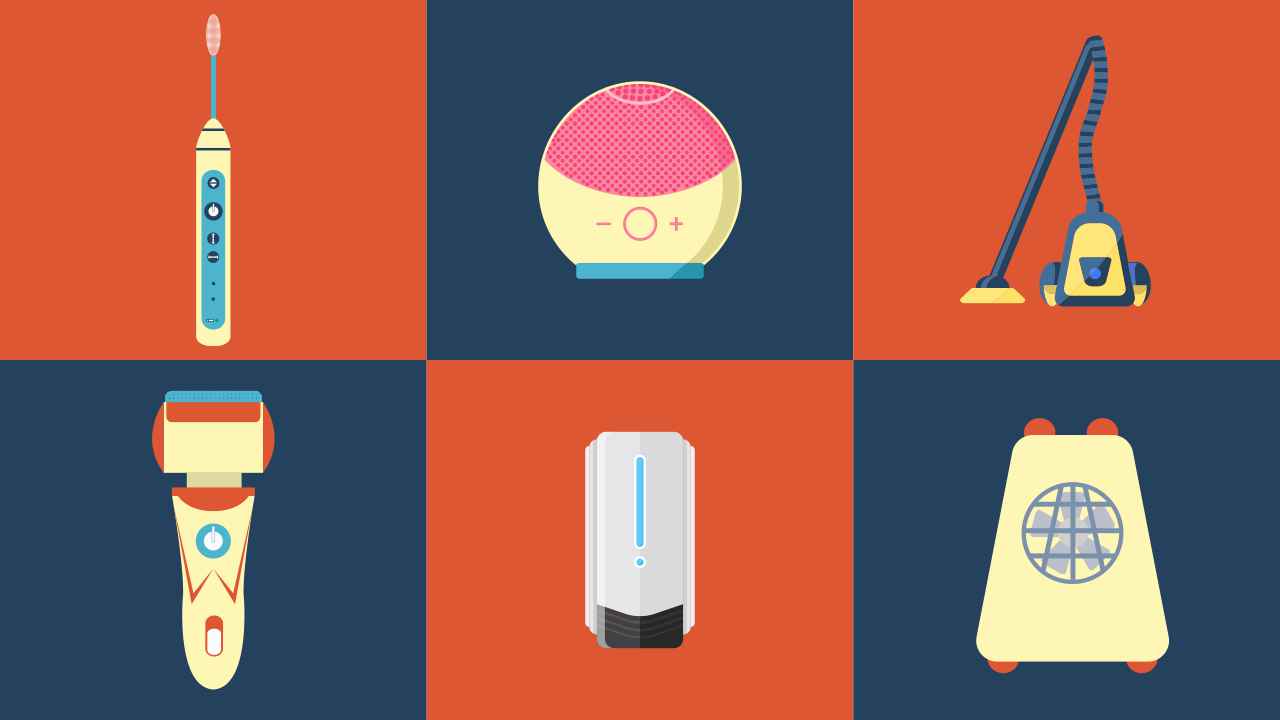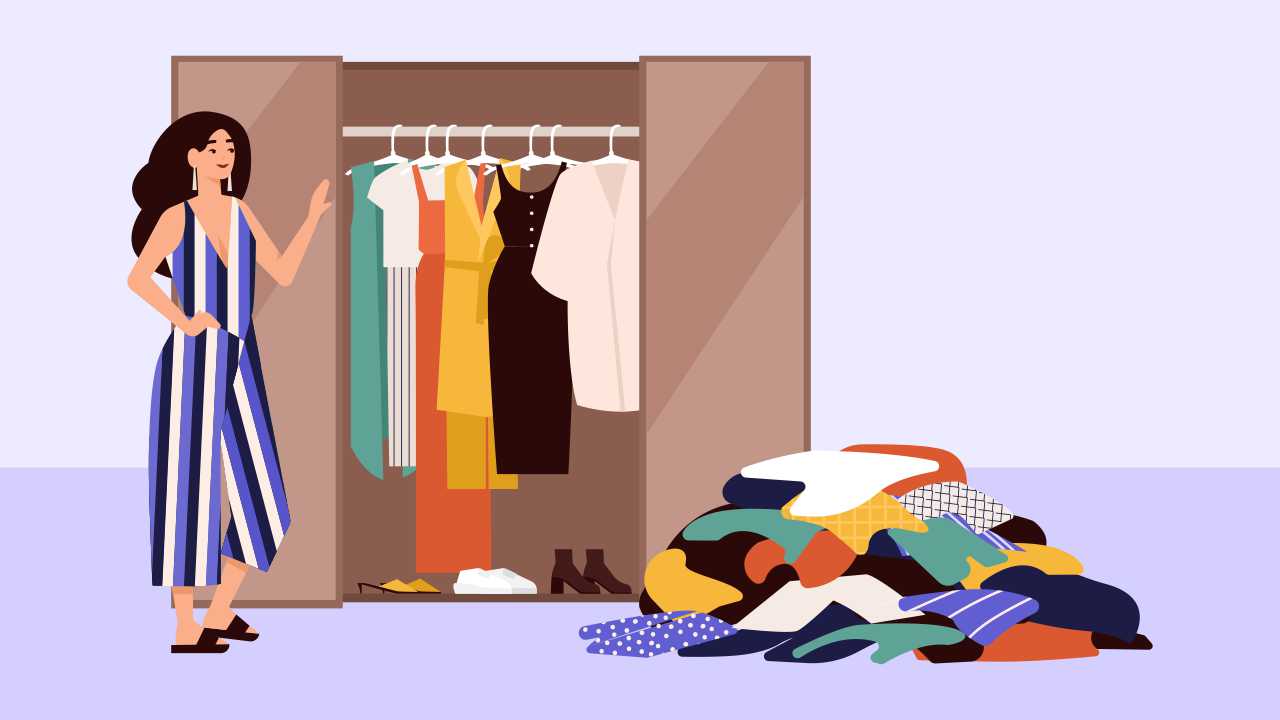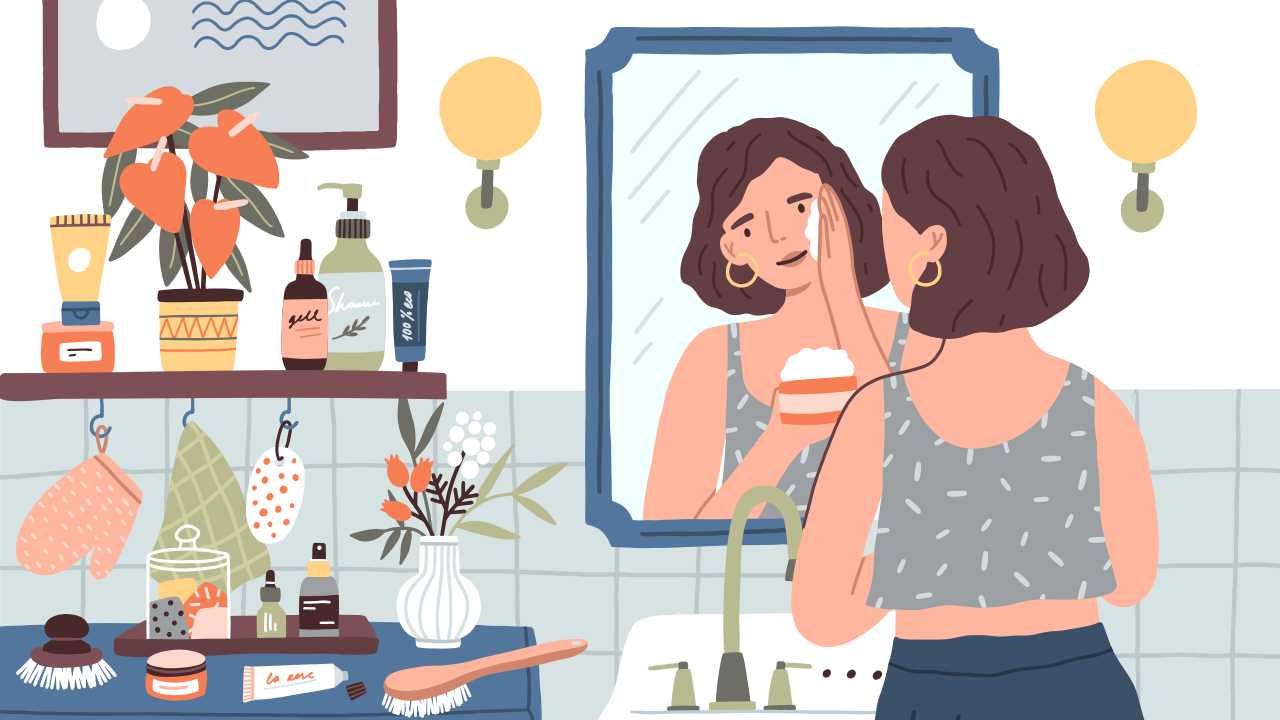
How to Take Care of Your Contact Lens
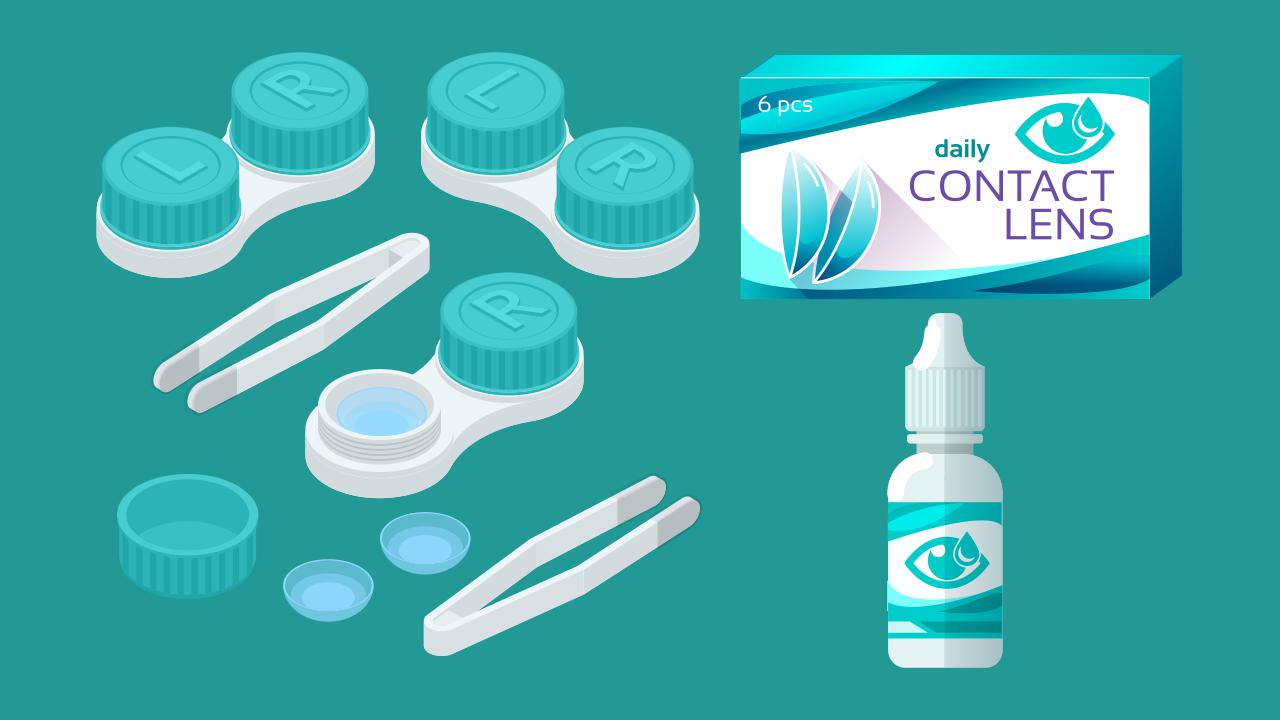
Contact lenses are often preferred over spectacles by people with visionary weakness. The thin plastic or glass discs improve refractive errors (where the eye does not focus on the object properly), do not restrict the field of vision, move with the eye, reduce distortions, and do not fog up. They are also more convenient if you are into a lot of physical activity.
However, your contact lenses need to be taken care of, so as to avoid any kind of infection or damage to your eyes.
What are the different types of contact lenses?
Contact lenses are broadly classified into soft contact lenses and rigid gas permeable (RGP) contact lenses. Both types of lenses need to be used only when prescribed by a doctor and have their own pros and cons.
RGP contact lenses
RGP contact lenses are made from materials that allow oxygen to pass through easily such as siloxane methacrylate.
| Pros | Cons |
|---|---|
| Allow better transfer of oxygen as compared to soft lenses because it lets tears flow under the lenses | Uncomfortable initially as they are felt over the eyelids. But the sensation goes away with time. |
| They provide crisp and clear vision | They can be dislodged in the eye. |
| Cheaper than soft contact lenses | |
| Last from two to three years |
Soft contact lenses
Soft contact lenses are made of silicone hydrogel.
| Pros | Cons |
|---|---|
| Very comfortable as they wrap around the eye and are not felt while blinking | Lens can tear |
| They do not get displaced easily | Impede oxygen to the cornea |
| Cause dryness in the eye | |
| Require intense cleaning |
You should also be aware of the side-effects of using contact lenses.
What happens if you use contact lenses too much?
The amount of time you can wear contact lenses varies, depending on the type of lens, but in general they should not be worn for more than eight to 16 hours per day. Wearing contact lenses excessively can result in complications because of the following reasons:
Mechanical factors: Irritation or abrasion of the eye because of lens material, improper fitting, and interaction of lens with foreign matter such as dust etc.
Physiological factors: the cornea is avascular (does not have its own blood supply), thus it depends on diffusion for oxygen and nutrients on the surrounding tissue. When you wear contact lenses it impedes the oxygen supply to the cornea by acting as a barrier. As a result of low oxygen levels, the cornea may swell up resulting in decreased vision. Complications may also occur due to chemicals in the lens care solution.
Immunological factors: Allergies may cause lens intolerance.
Tear film alterations: The tear film lubricates and protects the eye by removing waste products and washing away foreign particles. Contact lenses and environmental factors like high airflow or low humidity can lead to tear film alterations. This can disrupt its normal functions.
The following are the eye complication which can result because of excessive use of contact lenses:
Infections
Wearing contact lenses increases the risk of microbial infections such as conjunctivitis and keratitis caused by bacteria (like staphylococcus aureus), viruses (like herpes simplex virus), and parasites (like acanthamoeba). These infections cause burning, itching, redness, irritation, pain, light sensitivity, tears, and foreign body sensation in the eye. In severe cases, it can lead to corneal ulcers.
Superficial keratitis
Inflammation of the cornea, the outermost part of the eye, can happen because of mechanical irritation of the contact lenses, allergies due to lens care solution, or infections. Symptoms include itching, pain, and foreign body sensation in the eye.
Dry eye
Contact lenses can interfere with tear-producing glands, causing dry eyes. Symptoms include itching and stinging pain.
Meibomitis
Meibomian glands are present in the eyelids that secrete oil to prevent faster evaporation of water from the eyes. The chemicals present in contact lens solution may result in dysfunction of the meibomian glands, leading to reduced lubrication of the eye and dryness.
Corneal edema
Corneal edema is swelling of the middle layer of the cornea because of low oxygen. This can be caused by contact lenses. Edema up to 5% is considered normal, but when the edema reaches a pathological level of 20% and above, vision becomes cloudy. In severe cases, it may lead to the development of epithelial microcysts and the formation of blood vessels (the cornea does not have blood vessels).
Lens intolerance
Due to immunological response, some people may experience symptoms such as allergies, itching, redness, irritation, and mucus production after wearing contact lenses for a long time. This may lead to lens intolerance.
Contact lens hygiene
Wash your hands
- Wash your hands thoroughly with soap and water, and dry them using a lint-free cloth before handling the lenses
Wash your lenses thoroughly
- Contact lenses should be cleaned with the prescribed disinfecting lens solution
- Clean and dry your case and fill it with a new solution every day. Never top off the solution from previous use
- Never wash your lenses in tap water or stick them in your mouth
- Remove your lenses while showering or swimming to reduce the risk of microbial contamination
Clean your lens case
- Clean your contact lens case by rubbing and rinsing it with lens solution
- Do not clean it with tap water
- Dry it with a clean tissue.
- Replace the case every three months or immediately after any crack or damage
Keep the lens cleaning solution bottle safe
- Do not pour the contact lens solution into a different bottle as it may not be sterile
- Keep the solution bottle tightly closed when not in use
- Do not let the tip of the bottle touch any surface
Do not sleep wearing your contact lenses
- Sleeping in contact lenses reduces oxygen supply to the cornea and makes you prone to infections
Talk to your eye-care provider
- The fit of the lens matters a lot, so if your lens is too loose or tight, talk to your doctor for adjustments
- Discuss lens care and hygiene
- Visit the eye care provider as recommended
- Never ignore your symptoms. If you experience itchiness, pain, dryness, and excessive tears persisting for more than 24 hours, do not ignore it. Consult an ophthalmologist immediately for a check-up
Replace your lenses
- Replace your lenses as soon as its shelf-life ends
- Always carry a backup pair of glasses with the current prescription in case you need to remove your contact lenses
Also read: Eye Health: Tips for Maintaining Good Vision
How should you choose the right lens solution for your contact lenses?
Choosing the right lens care solution is important because it cleans and disinfects the contact lenses. Ask your ophthalmologist to recommend an ideal solution according to your lenses. Usually, the solution is chosen depending on the following:
Type of contact lenses
- You should know the type of contact lens you use, whether they are RGP lenses or soft lenses.
- Both types of lenses have different cleaning regimes.
- You should never interchange the solutions with one another. Soft lens cleaning solution should be used on soft lense only and hard lense solution on hard lens only .
Learn about types of cleaning solutions and their purpose. The following are types of cleaning solutions:
Multipurpose solution: This is an all-in-one solution that is used to clean, rinse, disinfect and store the soft lenses.
Hydrogen peroxide solution: This is an alternative to a multipurpose solution in case you are allergic to components from the multipurpose solution.
Saline solution: This is used to rinse the lenses after cleaning and disinfecting it with other lens care solutions.
Daily cleaner: They clean the lens that is, they remove all the debris from the surface of the contact lens. They do not disinfect the lens.
Enzymatic protein remover: They help in the removal of the protein deposits that the eye deposits on the lens
RGP care solution: they require several solutions for cleaning, disinfecting and storing. Ask your ophthalmologists for the best one for you.
Contact lenses are comfortable, convenient, and stylish. But a foreign body inserted in the eye has its own disadvantages. To stay safe, follow proper care and contact lens hygiene.
References
1. Contact Lens Use Under Adverse Conditions: Applications in Military Aviation. National Research Council (US) Working Group on Contact Lens Use Under Adverse Conditions. Washington (DC): National Academies Press (US); 1990.
2. Boyd K. How to Take Care of Contact Lenses. American. Academy of Ophthalmology. https://www.aao.org/eye-health/glasses-contacts/contact-lens-care (accessed Mar 26, 2021).
3. Boyd K. Contact Lenses for Vision Correction. American. Academy of Ophthalmology. https://www.aao.org/eye-health/glasses-contacts/contact-lens-102 (accessed Mar 26, 2021).
4. Contact Lenses and Eye Infections. WebMD. https://www.webmd.com/eye-health/contact-lenses-eye-infections (accessed Mar 26, 2021).
5. 6 Do’s and Don’ts for Contact Lens Wearers. Cleveland Clinic. https://health.clevelandclinic.org/dos-and-donts-for-contact-lens-wearers/ (accessed Mar 26, 2021).
6. Healthy Contact Lens Wear and Care. Centers Disease Control and Prevention. https://www.cdc.gov/contactlenses/protect-your-eyes.html (accessed Mar 26, 2021).
7. Contact Lens-Related Eye Infections. American. Academy of Ophthalmology. https://www.aao.org/eye-health/diseases/contact-lens-related-eye-infections (accessed Mar 26, 2021).
8. Types of Contact Lenses. University of Michigan Medicine. https://www.uofmhealth.org/health-library/ut1799 (accessed May 10, 2021).
9. Types of Contact Lenses. FDA. https://www.fda.gov/medical-devices/contact-lenses/types-contact-lenses (accessed May 10, 2021).
10. Johnson A. How long can I wear my contacts each day? All About Vis. https://www.allaboutvision.com/contacts/faq/contacts-wear-time/ (accessed May 10, 2021).
11. Contact Lens Care Systems & Solutions. Centers Dis. Control Prev. https://www.cdc.gov/contactlenses/care-systems.html (accessed May 10, 2021).
12. How To Select The Right Contact Lens Solution. Bausch & Lomb. https://www.bauschandlomb.in/lens-article/how-to-select-the-right-contact-lens-solution (accessed May 10, 2021).




